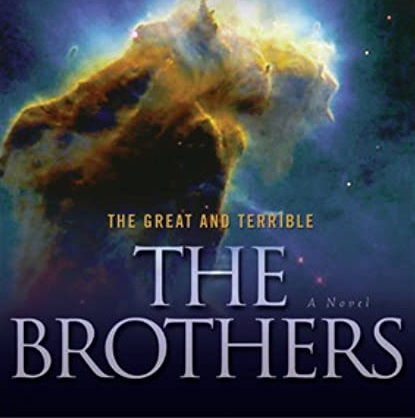-
•
•
5 responses
The material culture of Nephite literacy is the one aspect of Nephite civilization about which we have any kind of historical evidence. Read More
-
•
•
8 responses
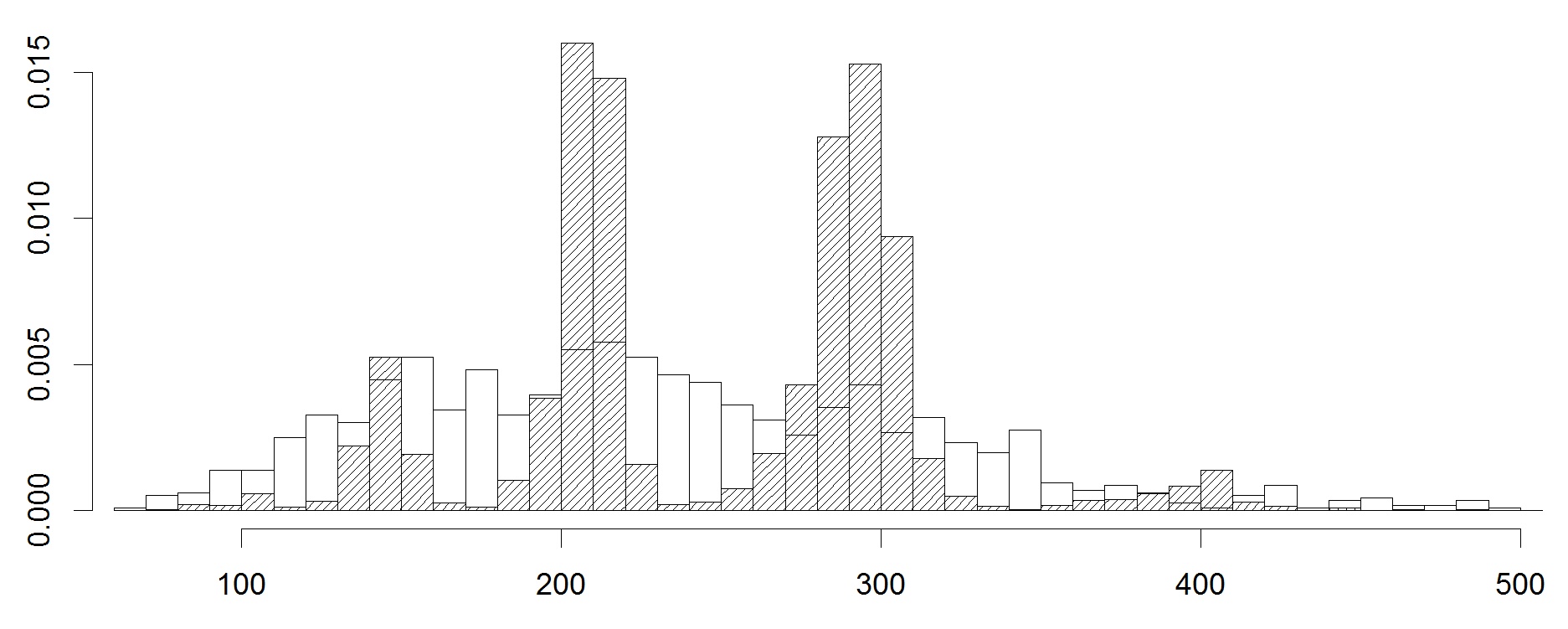
Mark Ashurst-McGee asks about the uniformity of the Golden Plates in eyewitness accounts, even though they contain both Mormon’s abridgement and Nephi’s small plates, and this is in fact genuinely weird. Read More
-
•
•
8 responses
Unless someone gets lucky with a spade or a metal detector, the full extent of Mormon’s sources will remain unknown. To keep even tentative answers on the side of plausibility rather than fantasy, how we think about Mormon’s sources should be informed by any information we have about Nephite literacy and textual culture. Read More
-
•
•
5 responses
The logical place for a philological approach to the Book of Mormon to begin is with Mormon, its eponymous editor, and his sources. How much did Mormon know about the Nephites, and what kind of records did he have to work with? Read More
-
•
•
5 responses
When I look at recent studies of the Book of Mormon, the biggest deficit I see is the lack of instinct for philology. Read More
-
•
•
2 responses
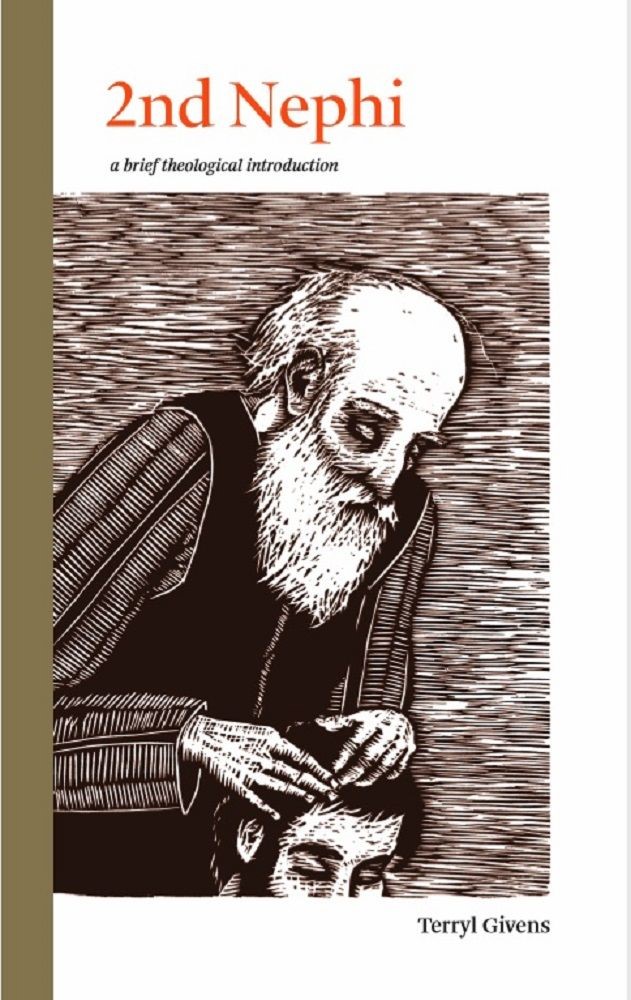
I think one of the most repeated refrains I see in comment threads in the bloggernacle is that our Church meetings generally lack the vibrancy and ability to deeply engage with the scriptures and ideas in ways that can stimulate interest and growth. As Terryl L. Givens put it in a recent interview, “one of the main reasons we’re losing people is that we’re boring them to death.”[1] The Neal A. Maxwell Institute for Religious Scholarship is one organization that is working to provide resources that provide thought-provoking discussions, deep thought, and spiritual growth to members of the Church. One… Read More
-
•
•
43 responses
At the “Be One” celebration in 2018, President Dallin H. Oaks discussed the frustration he experienced as a member of the Church before the ban on individuals of black African descent holding the priesthood or receiving saving temple ordinances was lifted. He said that he “observed the pain and frustration experienced by those who suffered these restrictions and those who criticized them and sought for reasons. I studied the reasons then being given and could not feel confirmation of the truth of any of them.” As he “witnessed the pain of black brothers and sisters,” he “longed for their relief.” … Read More
-
•
•
7 responses
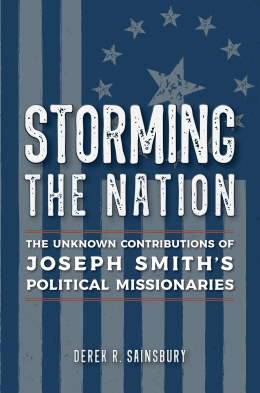
Imagine that when you check the news tomorrow morning you see that Russell M. Nelson has announced that he is running for the office of the President of the United States. Now imagine that later the same day, you receive a call from your bishop, and he extends a calling to you to serve as a missionary—specifically for the purpose of campaigning for President Nelson across the country. What would your thoughts be? How would you react? While the idea might seem a bit farfetched today, there was a time when Joseph Smith did start a campaign to become President… Read More
-
•
•
31 responses
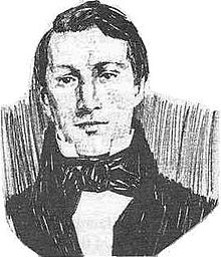
How we approach the scriptures affects what we see in them. In other words, our assumptions, our traditions, our cultural baggage that we carry with us as we enter the world of scriptural texts are lenses that give meaning and shape to what we find inside those scriptures. Two approaches that I would like to examine today are looking at the scriptures and the teachings of the prophets as a unified, static monolith of doctrine vs looking at them as a dynamic collection of texts written by individuals who each had their own limited view. I intend to look at… Read More
-
•
•
5 responses
Last Friday, the Tabernacle Choir at Temple Square released a new extended play record (EP), “When You Believe: A Night at the Movies.” I bought and downloaded the music this weekend and I have listened to it several times since then. The EP is short (totaling five tracks and about 23 minutes), but it is a lot of fun and displays a high quality of performance. My biggest complaint is that there isn’t more. One of my first thoughts with the idea of the Tabernacle Choir recording soundtrack pieces was the question of whether the choir can bring something to… Read More
-
•
•
2 responses
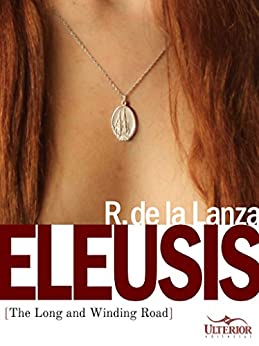
Some years ago I learned of and became fascinated with a 1976 Venezuelan LDS novel, La Puerta Azul, o Georgina Altamirano, La Venezuelana que se convirtió en Mormona. This autobiographical novel was written by the granddaughter of the “patriarch of Meridan Letters,” Tulio Febres Cordero. It also was the first long-form Latter-day Saint literary work I knew of that was written in another language[1. There could well be others. The first non-English Mormon literary work was published in 1846, so there has been plenty of time for such works to be written]. But, although I have a copy, I haven’t yet… Read More
-
•
•
34 responses
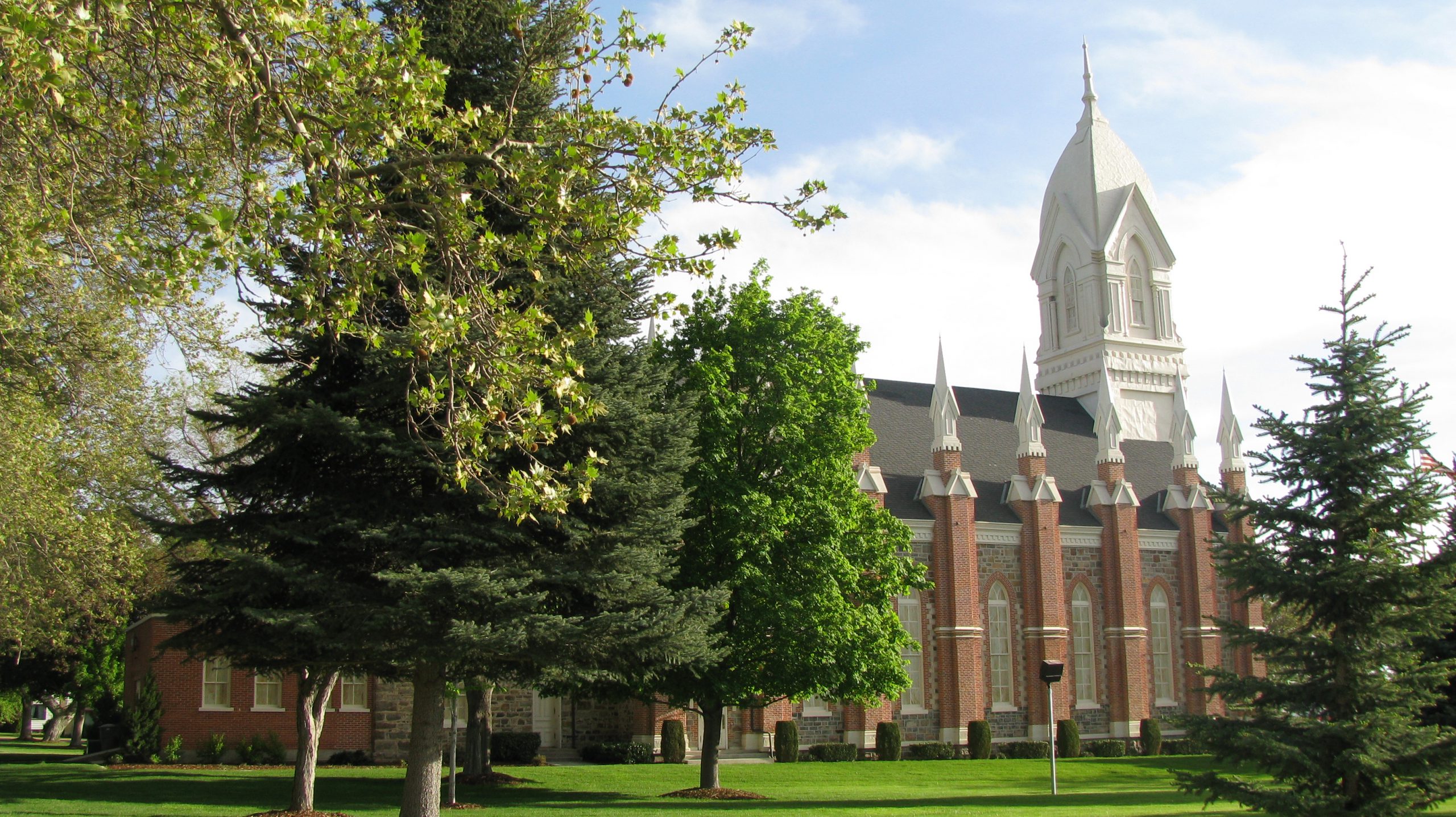
One of my favorite quotes of all time about Mormonism focuses on the concept of Zion. “Zion-building is not preparation for heaven. It is heaven, in embryo. The process of sanctifying disciples of Christ, constituting them into a community of love and harmony, does not qualify individuals for heaven; sanctification and celestial relationality are the essence of heaven. Zion, in this conception, is both an ideal and a transitional stage into the salvation toward which all Christians strive.”[1] Fiona and Terryl Givens have captured here what I find to be one of the most essential parts of my religion—the development… Read More
-
•
•
13 responses
Yesterday, the Church released new guidelines about the appearance church meetinghouse. The latest in the series of Christocentric reforms during President Nelson’s tenure, the intent of the guidelines is to help “create a feeling of reverence and dignity” in the spaces that “establish the first impression and feelings that individuals receive when entering a meetinghouse.” In line with the recent strong emphasis on Jesus the Christ’s role in the Church that began with insistence on using the Church’s full name and continued with the shift from using the Angel Moroni to the Christus statue as the Church’s primary symbol, “framed… Read More
-
•
•
13 responses
Think through this with me: How much art do we see through the Church or because of the Church? I’m talking about all forms of art; visual and performance, representative and symbolic, etc. and etc. What art is delivered to us by the Church? How much art is in our worship and lessons? What impact does it have? And what art do we participate in because of the Church? Read More
-
•
•
6 responses
Our kwanzan cherry has started to shed its exuberant blossoms. The hues inhabit the world that exists in my mind between purple and pink. The tree can only hold those flowers aloft for a few days, maybe a week. A splash of love and color, and then they are gone. I’m standing on the park strip in front of our house, in a black-and-white mask my middle daughter bought from her favorite leotard company early in the pandemic. Read More
-
•
•
82 responses
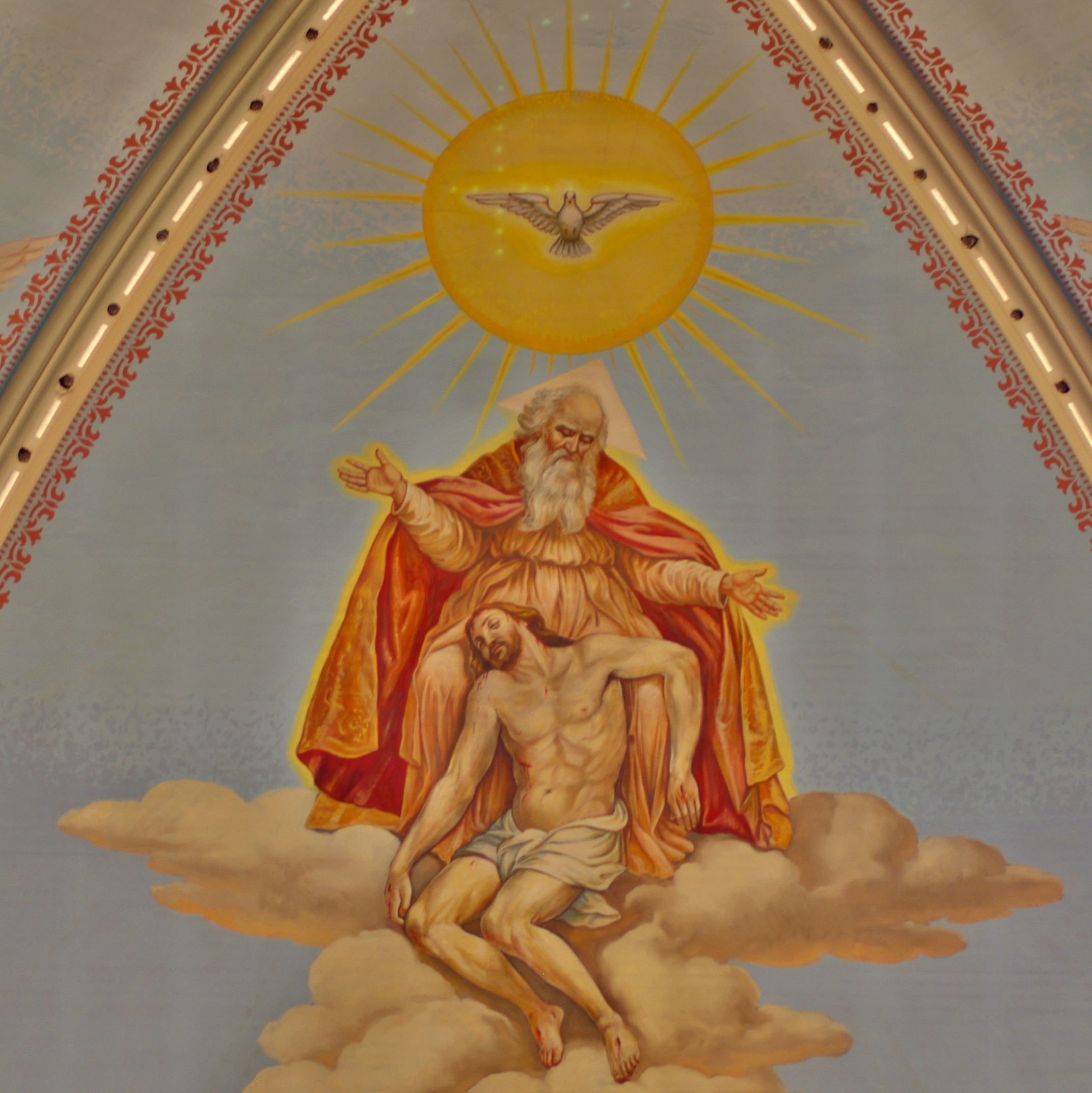
One of the most central and difficult issues of Christian theology is how to fit together a commitment to monotheism with a belief that Jesus is a divine being. While we, as members of the Church of Jesus Christ of Latter-day Saints have resolved some aspects of this in our own ways, we still have areas that are unclear when it comes to working out this theological knot. While I’m aware that we are looking at scriptures and doctrines that represent ideas that have evolved over time, my hope today is to muse on what we currently believe as a… Read More
-
•
•
24 responses
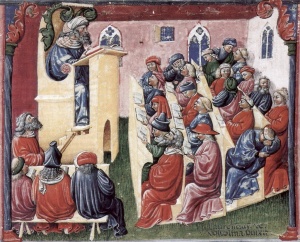
Whereas disease, as now with COVID-19, causes death to many and harm to many more, and worsens poverty and hunger even among those it does not strike directly, and causes fear in those who await infection and its consequences, and inflicts sorrow and grief on those who lose family and beloved friends; while Jesus, in His atoning mercy Read More
-
•
•
18 responses
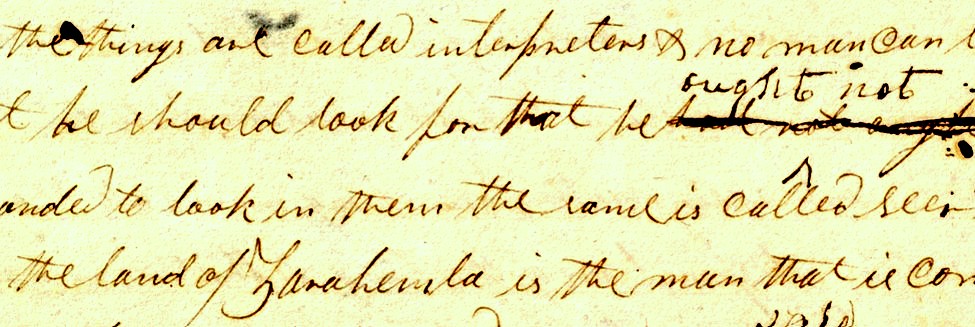
Book of Mormon translation is one of those interesting subjects that is central to the ongoing Book of Mormon wars. As well, to me, one interesting aspect about the Book of Mormon is how self-aware of its own creation it is. For example, in Mosiah 8 (part of this week’s “Come, Follow Me” discussion), there is a discussion about seership and the use of “interpreters” that allow the owner to “look, and translate all records that are of an ancient date” (Mosiah 8:13). In the case discussed in the scriptures, the seer is King Mosiah II and the record is… Read More
-
•
•
Michael Austin’s book, Buried Treasures: Reading the Book of Mormon Again for the First Time is a quick, insightful and though-provoking read about the Book of Mormon. The book began its life as a series of blog posts at By Common Consent, documenting some of Austin’s thoughts as he read the Book of Mormon in-depth for the first time in decades (after spending a significant amount of time during those decades focused on literary criticism and Biblical studies). The book, published by the By Common Consent Press earlier this year, takes the form of a collection of short essays that,… Read More
-
•
•
27 responses
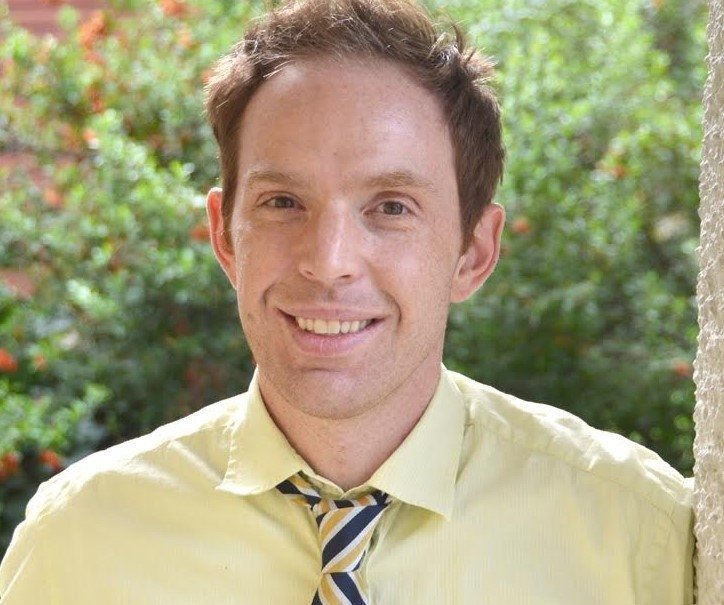
Race is an incredibly sensitive topic, but it is also an incredibly important topic to discuss and understand. A number of important books have been published about the racial narratives that were adopted by early members of the Church in recent years, including Max Perry Mueller’s Race and the Making of the Mormon People (The University of North Carolina Press, 2017). Kurt Manwaring recently sat down with Max Mueller to discuss the book in a 10 questions interview. What follows here is a summary of the interview, but I encourage you to go read the full interview here. Max Perry… Read More
-
•
•
14 responses
The late Clayton Christensen spends a chapter of his book How Will You Measure Your Life? on how to make sure you live with integrity, in accordance with your principles. His suggestion: make resolutions and stick to them, 100% of the time. If you stick with them only 98%, before you notice you’ll have abandoned them altogether. A bit to my surprise, I found myself reacting strongly against this proposition. It took me some thought to articulate what I think Christensen’s approach to moral integrity leaves unexamined, and I think it comes down to a couple things that aren’t often… Read More
-
•
•
12 responses
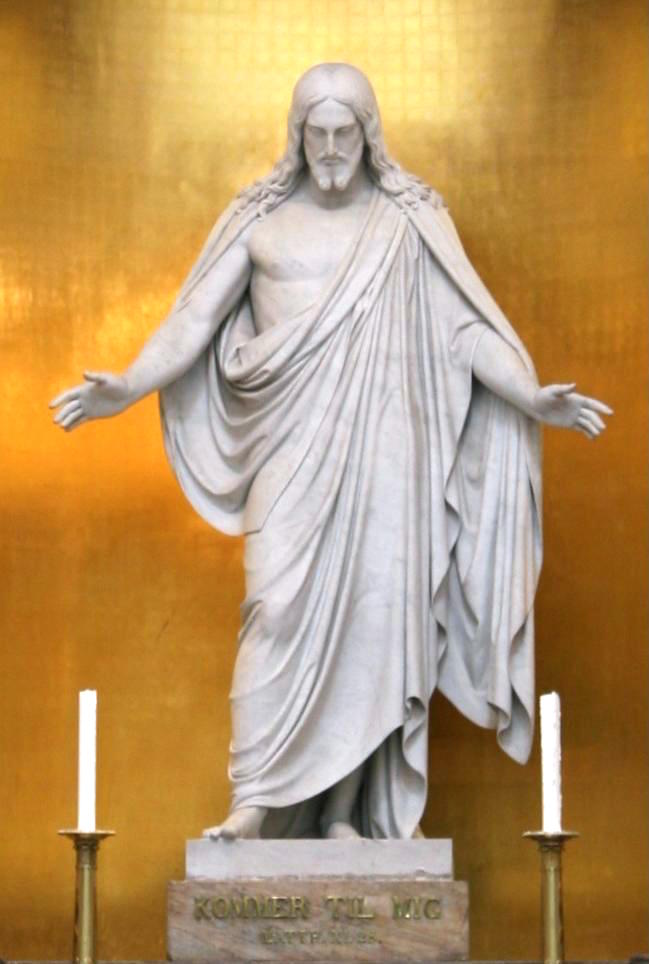
There is a part of me that is deeply drawn to the Christian religions that have existed for hundreds or thousands of years. Perhaps that comes from my fascination with history (particularly the Byzantine Empire), perhaps from beautiful experiences with choral music written by Christians from the Renaissance up through our own day. Perhaps some comes from spending the better part of a decade involved in the music ministry of a small Presbyterian Church in northern Utah. And perhaps some comes from my fascination with theology and learning how different people have addressed the difficulties associated with the subject over… Read More
-
•
•
6 responses
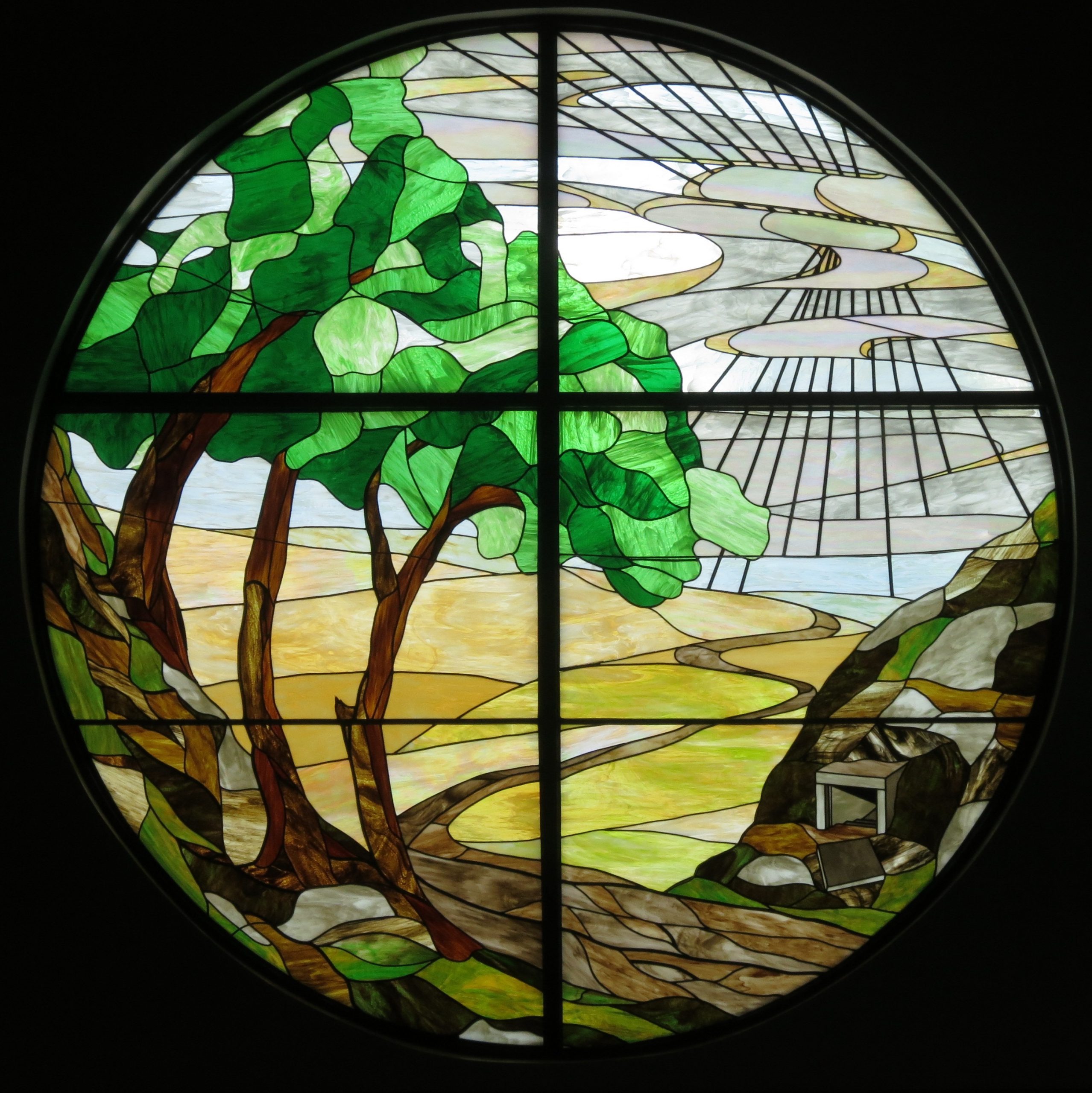
Last Sunday, my extended family gathered by videoconference to share Easter communion. My sister Rachel Frandsen Jardine delivered this sermon from her home in Lima, Peru. It moved me as much as anything I’ve ever heard in a chapel. Thanks to Rachel for allowing me to share it here. At Easter, we try to grasp the heart of Christianity. This season, I have found myself reflecting on the idea of emptiness. Here’s Luke’s story of the Resurrection in which the emptiness of the tomb is very important. On the first day of the week, very early in the morning,… Read More
-
•
•
12 responses
Many of my choices in books this year have been influenced by a decision to try and catch up on literature about the Book of Mormon. I feel a bit overwhelmed, to be honest, since there’s a lot out there and I have been more focused on the New Testament in recent years. I recently finished reading Christ and the Antichrist: Reading Jacob 7, a collection of essays on Jacob 7 that resulted from a two-week gathering of the Mormon Theology Seminar. There are both a published book version and a free PDF version offered through the Maxwell Institute. It’s… Read More
-
•
•
17 responses
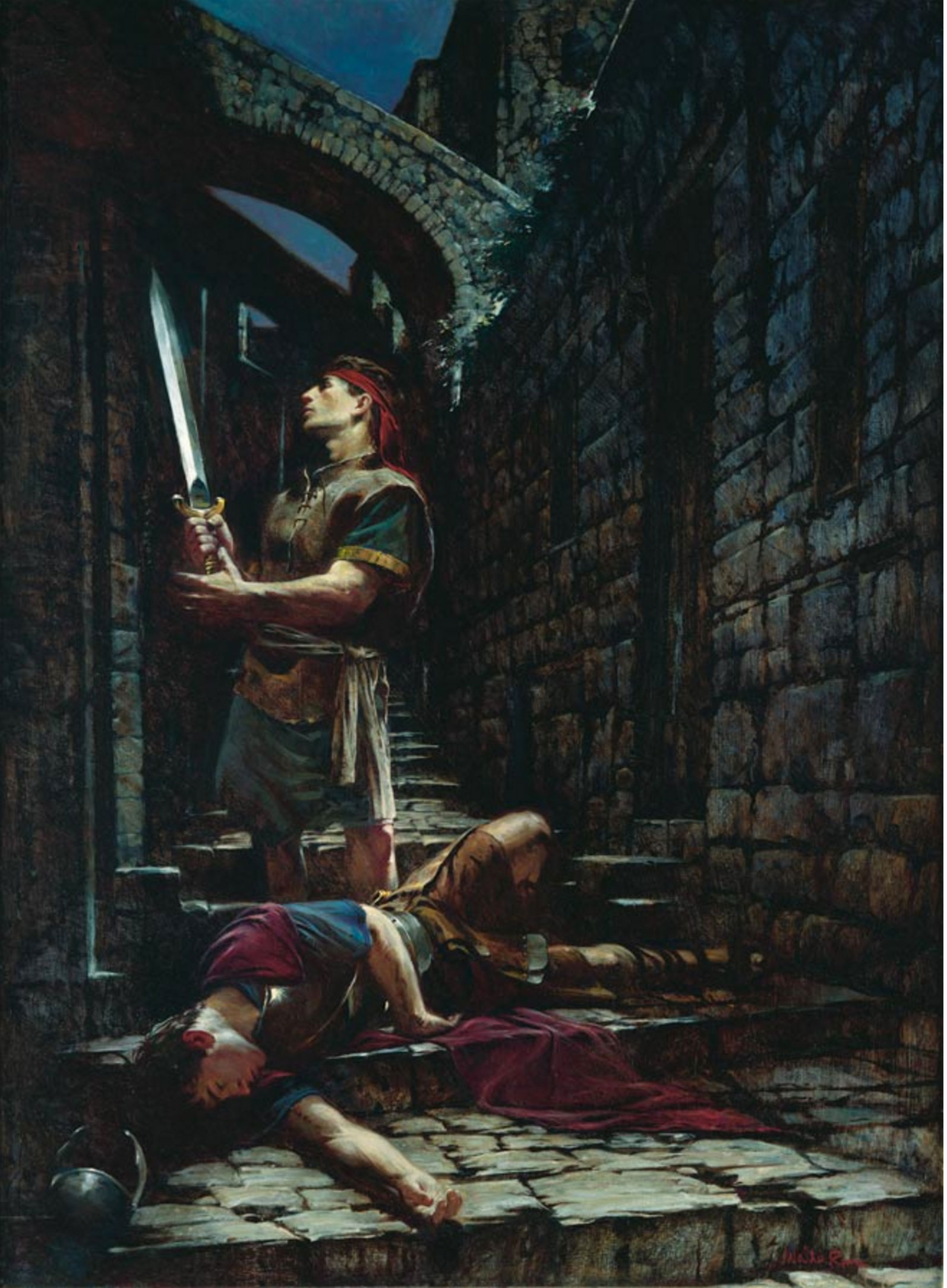
This Holy Week I’ve been monitoring my employer’s livestreamed Roman Catholic masses and services, meaning that I (for the first time) attended a Holy Thursday mass and a Good Friday service. So it happened that, during the reading of the Gospel of John in the Good Friday service, I noticed something peculiar. In response to Jesus’s raising of Lazarus from the dead, the chief priests and the Pharisees called a meeting of the council, and said, “What are we to do? This man is performing many signs. If we let him go on like this, everyone will believe in him,… Read More
-
•
•
11 responses
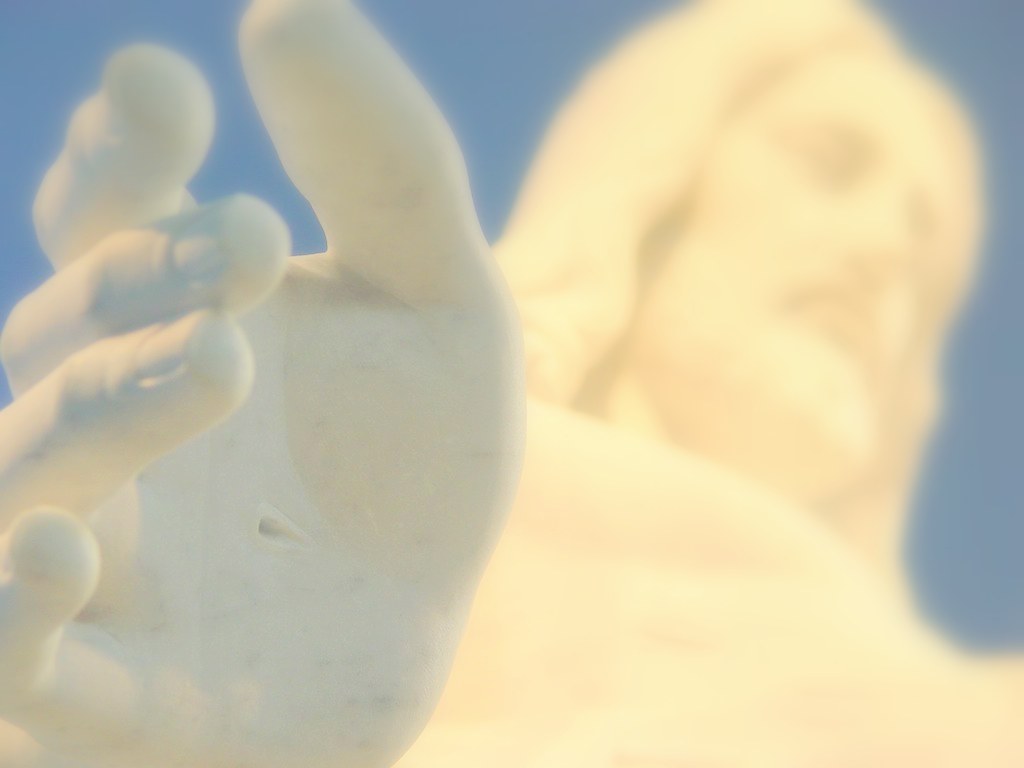
Bear with me as I go out into the theological weeds to explore an obscure doctrinal debate about the resurrection. As my wife and I studied the “Come, Follow Me” curriculum section on Easter, we discussed Amulek statements about the resurrection in Alma 11. Our question was: What exactly does it mean to “restored to its perfect frame, as it is now, or in the body” (Alma 11:44)? Does it mean that the body is perfectly brought back to the condition it was when it died (“as we now are at this time”) and may undergo further healing and development… Read More
-
•
•
7 responses
During General Conference last weekend, President Russell M. Nelson called for a worldwide fast on Good Friday (April 10) to “prayerfully plead for relief from this global pandemic.” Notably, this is the second collective fast in less than two weeks that Nelson has organized to petition God to alleviate “the physical, emotional and economic effects” of the global coronavirus pandemic. For those less familiar with the practice, Latter-day Saints periodically engage in ritual fasts, which generally involve abstaining from food and drink for 24 hours (or 2 meals), prayerfully dedicating the fasts to specific purposes, and contributing the value of… Read More
-
•
•
34 responses

Last week the church reported 16,565,036 members. What did some foresee a quarter of a century ago for 2020? Back to the past’s future. In the Ensign of August 1993 an analysis of church growth concluded: “If growth rates for the past decade remain constant, membership will increase to 12 million by the year 2000, to 35 million by 2020, and to 157 million by the mid-twenty-first century.” (p. 75). Same projection by Bennion and Young in 1996,[1] based on various variables but with plenty of reservations, leading to a cautious: “The First Presidency in 2020 will preside over no… Read More

